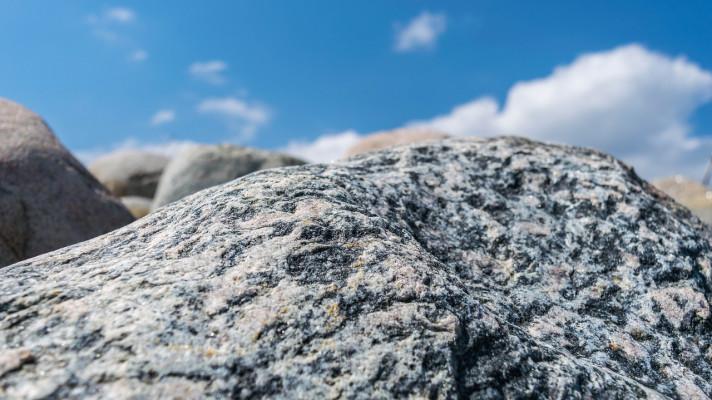Geologie Malty (angl.)
|
|
||

|
The geology of the Maltese Islands is relatively young when considered within a geological time frame, with the oldest rock dating back only to the Tertiary period. The Islands are for the most part composed of marine sedimentary rocks. Although the sedimentary platform on which the Maltese Islands are situated was formed during the Triassic, there are no surface outcrops of this age. All exposed rocks were deposited during the Oligocene and Miocene periods of geological time dating back to some 30 to 35 million years ago. The most recent deposits are the quaternary deposits which are found in minor quantities and are of terrestrial origin. The resultant rock formations are relatively simple consisting of five basic layers laid on top of the other in a layer-cake sequence: | |
|
|
Lower Coralline Limestone is the oldest exposed rock in the Maltese Islands, outcropping to a height of 140m in the vertical cliffs near Xlendi, Gozo. It is mainly composed of the tests of coralline algae indicating deposition in a shallow gulf environment. Younger beds show evidence of deposition in more open marine conditions. | |
 |
|
Globigerina Limestone is the second oldest rock and outcrops over approximately 70% of the area of the islands, eroding to give a broad, gently rolling landscape. Variations in the thickness of this formation are considerable, ranging from 23m near Fort Chambray, Gozo to 207m around Marsaxlokk, Malta. This rock consists of yellow to pale-grey limestones comprising tests of planktonic globigerinid foraminifera. The formation is divided into Lower, Middle and Upper Globigerina Limestone by two beds of phosphorite pebbles. Blue Clay overlies the Globigerina Limestone formation. It erodes easily when wet and forms taluses which flow out over the underlying rock. Variations in thickness are considerable ranging from 75m at Xaghra, Gozo to nil in eastern Malta, where Upper Coralline Limestone rests directly on Globigerina Limestone. Deposition of the Blue Clay may have occurred in an open muddy water environment with water depths up to 150m for the lower part of the formation. |
|
The above plate shows the 4 top rock layers of the geological sequence of the Maltese Islands. The top most reddish layer is the UCL. Beneath the Blue Clay forms rolling hill. The platform is composed of eth Lower Globigerina Limestone. the boulders found lying on this platform have fallen from the UCL plateau above.
Lower Coralline Limestone at Wied Babu, Zurrieq, S. Coast of Malta |
|
Greensand consists of bioclastic limestones rich in glauconite deposited in a warm sea. Unweathered sections are green but are oxidised to an orange colour when exposed. The deposit attains a maximum thickness of 11m in localised depressions at Il-Gelmus in Gozo, but elsewhere is less than 1m thick.
Upper Coralline Limestone is the youngest Tertiary formation in the islands reaching a thickness of approximately 160m in the Bingemma area, Malta. Local tectonic activity appears to have resulted in the brief emergence of the formation above the sea. The strata are very similar to the lowest stratum in the Maltese Islands. It is also named because of the abundance of the fossil algae species Coralline. It resembles the Lower Coralline Limestone both on chemical and palaeontological grounds, indicating deposition in shallow waters. The transition from the underlying greensands is gradual, sometimes merging into red and black granular sandstone; or red and white coralline rich limestone, which passes into a white calcareous sandstone-compact, soft or porous but always rich in organic remains. Though some layers are completely crystalline and have lost traces of the organisms from which they originated, other portions are highly fossiliferous containing casts of shells and other organisms. These rocks are sporadically overlain by terrestrial, aeolian and alluvial deposits laid down following the emergence of the Maltese Islands above sea level. Much of the central and south-eastern portion of the Maltese comprises outcrops of Globigerina Limestone while the northern and north-western regions are characterised by highlands on which upper coralline limestone is the dominant outcrop. The geology of Gozo is more varied than that of Malta, with more frequent outcrops of Blue Clay being a characteristic featu ZDROJ: www.enwis-mt.org |
